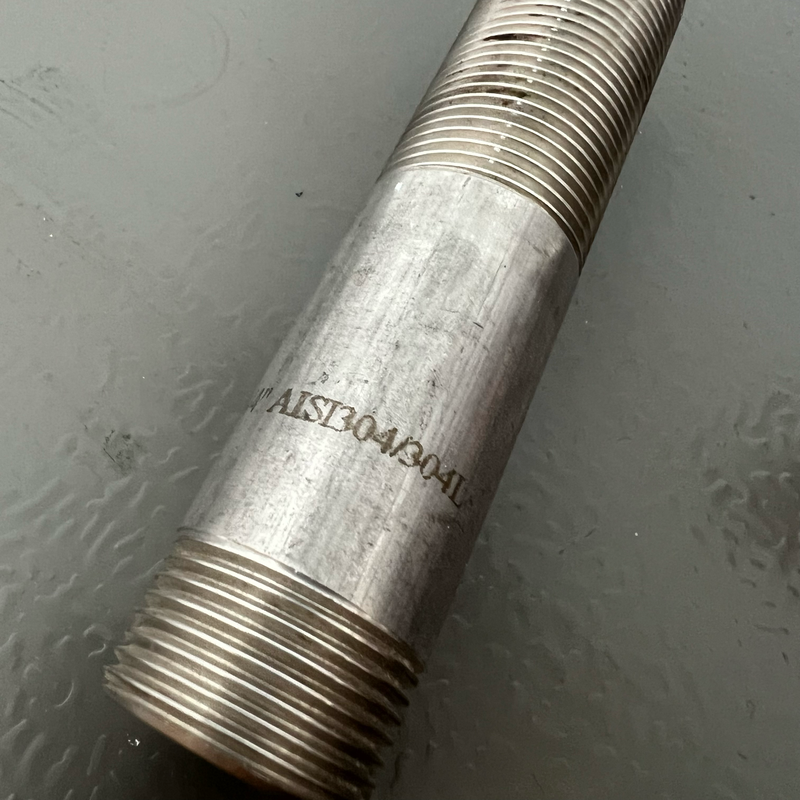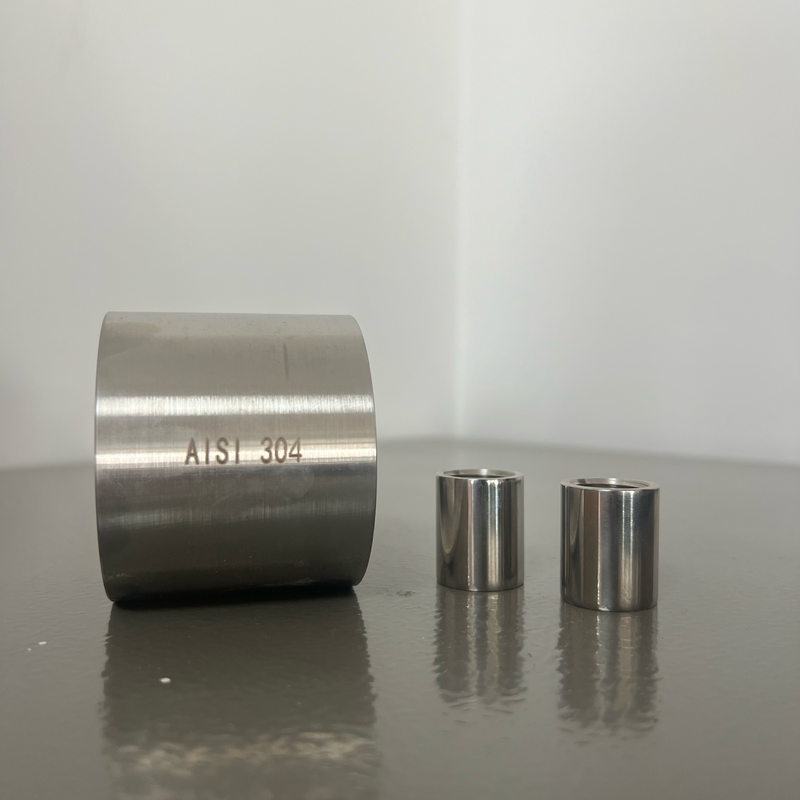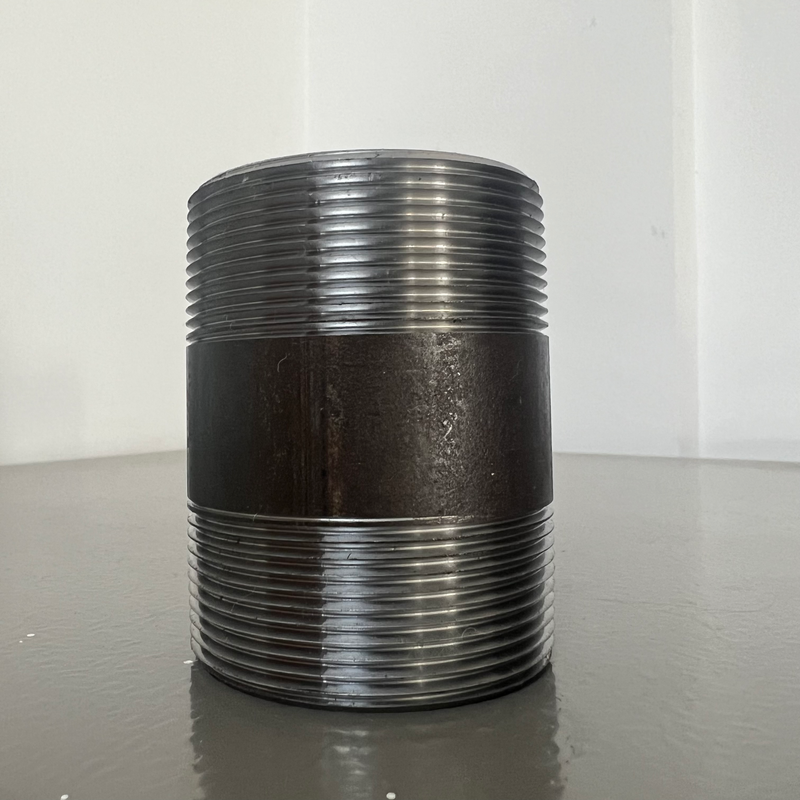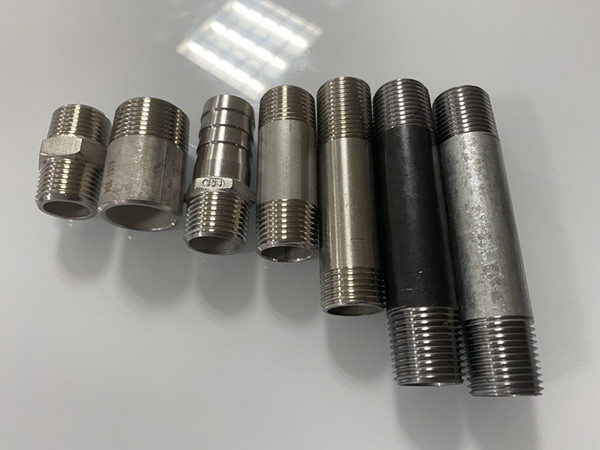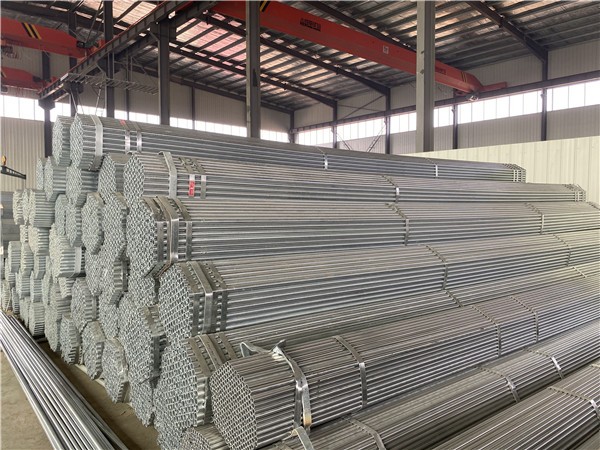-
Stainless Steel Pipes: 50+ years (low corrosion) / 20–30 years (harsh conditions).
-
Galvanized Steel Pipes: 40–50 years (dry) / 20–25 years (wet/acidic).
-
Carbon Steel Pipes: 15–20 years (uncoated) / 30+ years (with protective linings).
(Note: Actual lifespan depends on environment, maintenance, and usage intensity.)
When Should You Replace Your Pipes?
Recognizing the signs of pipe deterioration is essential to avoid costly damage:
-
Visible Corrosion: Rust or scaling on steel pipe or galvanized pipe indicates weakening.
-
Leaks or Cracks: Frequent leaks suggest structural failure.
-
Discolored Water: Brown or yellow water signals internal pipe corrosion.
-
Reduced Water Pressure: Blockages or pipe narrowing may necessitate replacement.
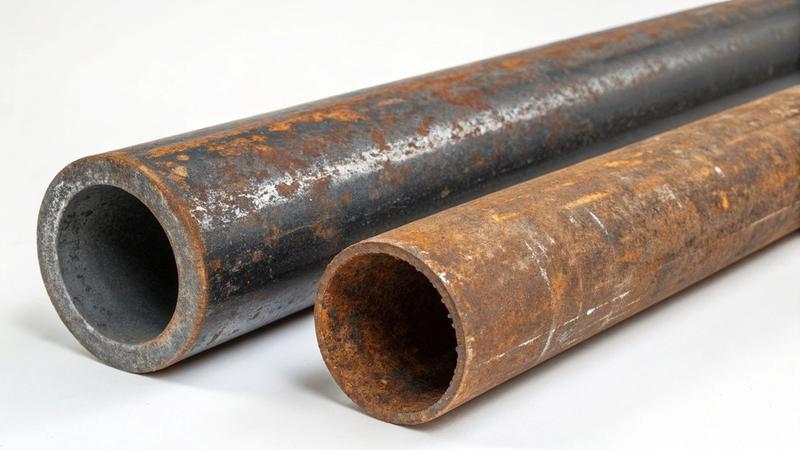
How to Replace Pipes: A Step-by-Step Guide
Replacing pipes involves careful planning and execution:
-
Assess the Problem: Identify the extent of damage and the type of pipe (stainless steel pipe, carbon steel pipe, etc.) needing replacement.
-
Choose the Right Material: Select pipes based on durability, corrosion resistance, and application requirements.
-
Hire Professionals: Engage certified plumbers or contractors for precise installation.
-
Install and Test: Ensure the new pipes are properly fitted and tested for leaks.
